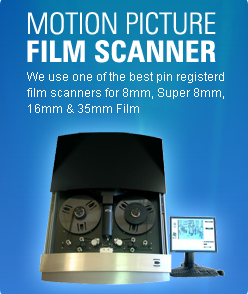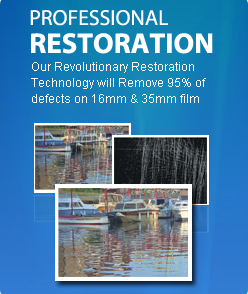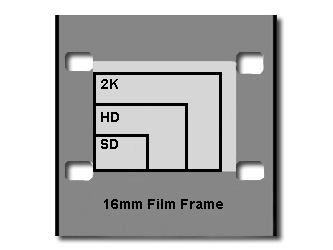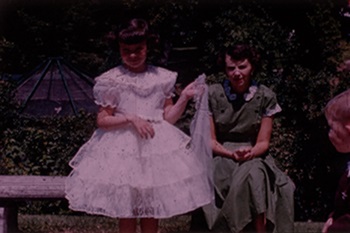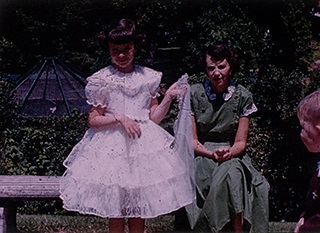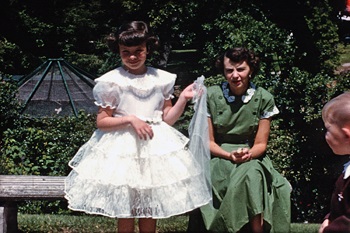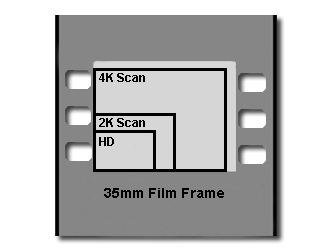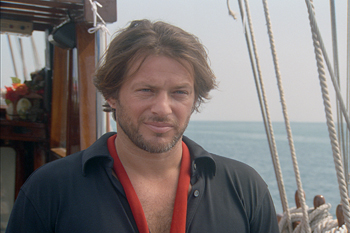
Some customer in Youngstown may be wondering just how much information is actually on film!! That's a good question. Film is an analogue source, like a painting. There is a certain resolution needed to faithfully capture all the details in a digital form. The following images are a simplification to illustrate some general points and are not exact.
So, for example, if you are looking for the best quality DVD, scan your 8mm or Super 8 at HD. If you are looking to go to BluRay then scan your 8mm or Super 8 at 2K.
16mm Film Youngstown |
|
Process Comparison
|
|
Pro SD Scan
|
|
Pro HD Scan
|
|
Pro 2K Scan
|
|
35mm Film |
|
Process Comparison
|
|
Pro HD Scan
|
|
Pro 2K Scan
|
|
Pro 4K Scan
|
|
Youngstown Fun Facts: Immigrants from Wales, Ireland and Germany came to Youngstown in search of work in the flourishing coal industry. By the mid-19th century the town was home to several iron industrial factories. At the beginning of the 20th century, due to enormous deposits of coal and iron and hardwood forests, Youngstown became the location of a prominent steel industry. In 1901 U.S.
Ohio Fun Facts: Initially colonized by French fur traders, Ohio became a British colonial possession following the French and Indian War in 1754. At the end of the American Revolution, Britain ceded control of the territory to the newly formed United States, which incorporated it into the Northwest Territory. Ohio became a state on March 1, 1803, although no formal declaration was madeuntil 1953, when President Dwight Eisenhower officially signed the documents making it a state, retroactive to the original date.Ohio issometimes called the “Mother of Modern Presidents,” having sent seven Ohioans (both natives and residents)to the White House since 1869. Ohio is also known as the home of the Rock and Roll Hall of Fame in Cleveland, the NationalUnderground RailroadFreedom Centerin Cincinnati and National Football League Hall of Fame in Canton.
